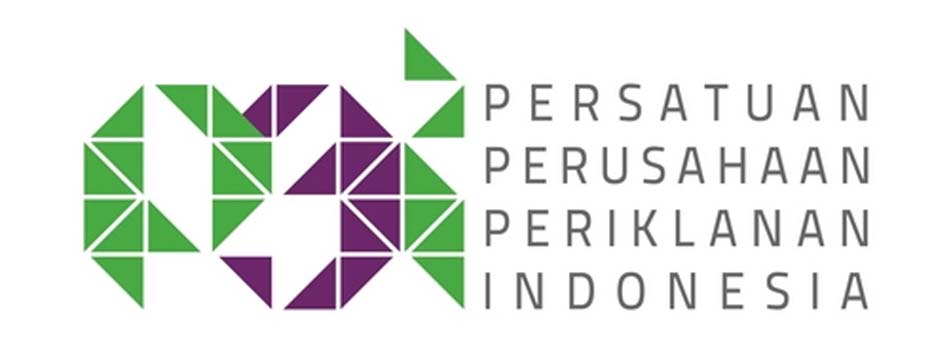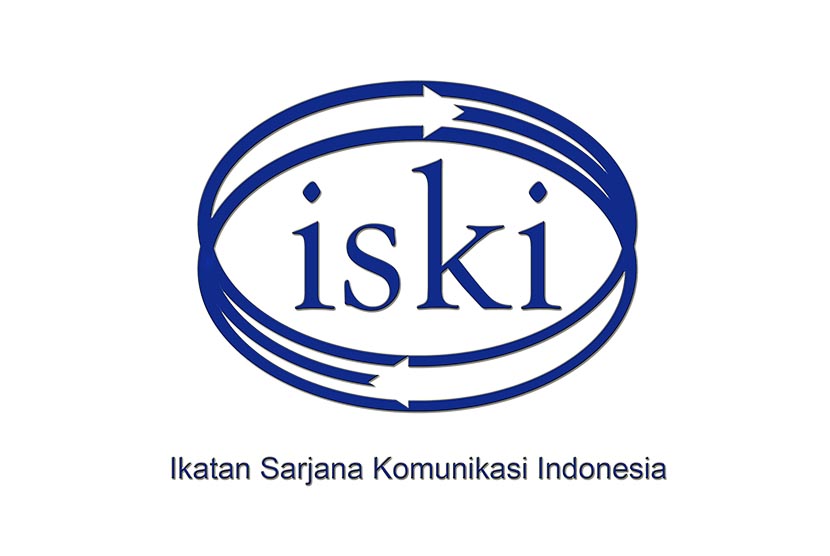Tokopedia and Komunikasi Berasa
The Case of ‘Filosofi Pete’ Campaign
DOI:
https://doi.org/10.36782/jobmark.v5i1.371Keywords:
Advertising, Campaign, Communication strategy, experience-based communication, e-commerceAbstract
Komunikasi Berasa (experientially-meaningful communication) is communication that synergizes messages and experiences with messages by creating a supportive atmosphere that creates deep meaning and impressions. This article analyzes Tokopedia's TVC advertising campaign version of "Pete's Philosophy" from the perspective of Komunikasi Berasa's theory with six dimensions: sensorial meaningfulness, emotional, rational, relevant, beneficial, and social. This advertisement is significant because it represents human insights closely related to consumers' problems, instincts, and daily lives, so the messages conveyed are relevant and authentic. This study's results inspire brands to create meaningful campaign messages as an effective way to steal audiences' hearts.
Downloads
References
Alasuutari, P. (1999). Introduction: Three Phases of Reception Studies. In P. Alasuutari (ed), Rethinking The New Media Audience: The New Agenda. (pp. 1-21) London: Sage
Annur. M. C. 2023. Pengguna Internet di Indonesia Tembus 213 Juta Orang Hingga Awal 2023. Jakarta. Katadata.co.id bit.ly/42jzu9x
Annur. M. C. 2023. E-Commerce Sektor Penyumbang Ekonomi Digital Terbesar Indonesia Pada 2023. Jakarta. Katadata.co.id bit.ly/3UhbaTL
Basu Swasta DH dan T. Hani Handoko, Manajemen Pemasaran, Analisa Perilaku Konsumen, Edisi I, BPFE Yogyakarta, 2001.
Chang, P. L., & Chieng, M. H. (2006). Building consumer–brand relationship: A cross‐cultural experiential view. Psychology & Marketing, 23(11), 927-959.
Enjelita, J. (2013) "Analisis Korelasi Pengaruh Strategi Komunikasi Pemasaran Terhadap Loyalitas Pelanggan Loppe Coffee, Coffee Shop di Samarinda." eJournal Ilmu Komunikasi, Samarinda. 1: 269-277. bit.ly/49bsCx8
Elder, R. S., Schlosser, A. E., Poor, M., & Xu, L. (2017). So close I can almost sense it: The interplay between sensory imagery and psychological distance. Journal of Consumer Research, 44(4), 877-894.
Gentile, C. & Spiller, N. & Noci, G. (2007). How to Sustain the Customer Experience:: An Overview of Experience Components that Co Create Value With the Customer, European Management Journal, Elsevier, 25(5), 395-410.
Haase, J., & Wiedmann, K. P. (2017). Assessing implicit and explicit sensory perception: A cognitive measurement concept for sensory marketing. Institute of Marketing and Management, Leibniz University of Hannover, Hannover, Germany.
Hultén, B. (2011). Sensory marketing: the multi‐sensory brand‐experience concept. European business review, 23(3), 256-273.
IDN.Times. 2023. 9 Pengertian E-Commerce Menurut Para Ahli. Jakarta. IDNTimes.com bit.ly/3SdOTUq
Kotler, Philip. (2007). Prinsip-Prinsip Pemasaran. Jakarta: Erlangga.
Lacroix, C., Rajaobelina, L., & St-Onge, A. (2020). Impact of perceived experiential advertising on customers' responses: a multi-method approach. International Journal of Bank Marketing, 38(6), 1237-1258.
Pine, B. J., & Gilmore, J. H. (2013). The experience economy: past, present and future. Handbook on the experience economy, 1, 21-44.
Rajaobelina, L., Lacroix, C., & St-Onge, A. (2019). Does experiential advertising impact credibility? International Journal of Bank Marketing, 37(1), 171-191.
Schmitt, B. (1999). Experiential marketing. Journal of marketing management, 15(1-3), 53-67.
Wang, H., Meng, Y., & Wang, W. (2013). The role of perceived interactivity in virtual communities: building trust and increasing stickiness. Connection Science, 25(1), 55-73.
Laras, A., & Dinisari, M. C. (2022, September 27). Daftar 10 Brand Lokal Asli Indonesia yang Sukses Mendunia. Bisnis.com. bit.ly/3HxvE34
Nabilah. 2023. Proyeksi Pertumbuhan E-Commerce Indonesia Menurut Google. Jakarta. Katadata.co.id bit.ly/3SbC4Kh
Orlee. G. 2021. How To Choose The Right Brand Imagery for Your Business. American. Elementor.com https://elementor.com/blog/brand-imagery/
Papeo, A., Kalangi, J. A. & Punuindoong. A. Y. (2018). "Pengaruh komunikasi pemasaran terhadap citra perusahaan PT. Telkom Indonesia Manado." Jurnal Administrasi Bisnis,Manado (JAB) 6.003. https://ejournal.unsrat.ac.id/index.php/jab/article/view/20291
Ramli, M. (2021, March 5). Mengapa masyarakat lebih memilih produk luar negeri dibanding produk lokal? Mengapa Masyarakat Lebih Memilih Produk Luar Negeri Dibanding Produk Lokal? -TIMES Indonesia. bit.ly/3SffIaD
Salim, M. P. 2023. Mengapa Kita Harus Cinta Produk Indonesia?. Jakarta. Liputan6.com. bit.ly/3SiP5Bw
Sidarta, W. M. 2021. Belajar Meraih Minat Konsumen dengan Storytelling. Jakarta. Pers Mahasiswa GENTA. https://genta.petra.ac.id/belajar-meraih-minat-konsumen-dengan-storytelling/
Sitoresmi. R. A. 2023. Profil PT Tokopedia dan Perjalanan Bisnisnya, Perusahaan Perdagangan Elektronik di Indonesia. Jakarta. Liputan6.com. bit.ly/42d5MDe
Salman, M. G. R.. (2022). Analisis Strategi Pelayanan Dan Komunikasi Dalam Upaya Membangun Loyalitas Konsumen Di Bang Naga Barbershop. Thesis. Universitas AMIKOM, Yogyakarta. https://eprints.amikom.ac.id/id/eprint/229/
Wijaya, B.S. (2016a) The ‘Realness’ Discourse of a Political Leader: A Komunikasi Berasa Perspective. Journal of Government and Politics 7(2), 310-340. http://dx.doi.org/10.18196/jgp.2016.0032
Wijaya, B.S. (2016b). Brand Activation dan Komunikasi Berasa. Mix, Vol. 10/XIII/20 Oktober-16 November, p. 42
Wijaya, B. S. (2015). From Selection to Proposition: Qualitative Data Analysis Models and Methods. Journal Communication Spectrum, 5(1), 1-12
Wijaya, B. S. (2011). ‘Model Komunikasi Berasa dalam Komunikasi Pemasaran: Studi Mengenai Iklan Ambient Media dalam Meraih Kepercayaan Khalayak Konsumen’ [Experiential Communication in Marketing Communication], Journal Communication Spectrum, 1(1), 55-74. http://dx.doi.org/10.13 140/2.1.2159.3124
Wijaya, B. S. (2009). Produksi Pesan Iklan Ambient Media dalam Konteks Komunikasi Berasa: Sebuah Studi Eksploratif. Thesis. Mercu Buana University, Jakarta.
Yin, R. K. (2018). Case Study.research and Applications. Sage



















